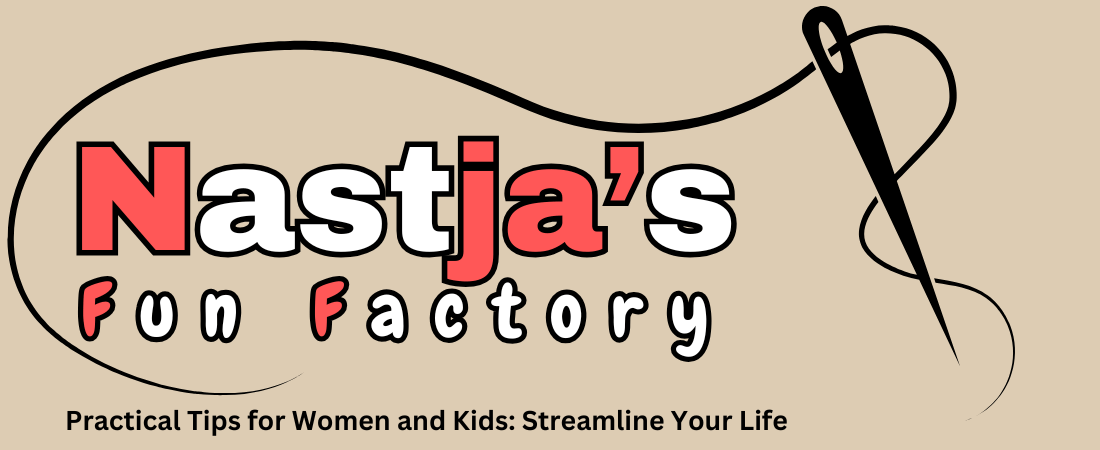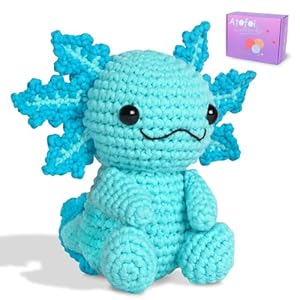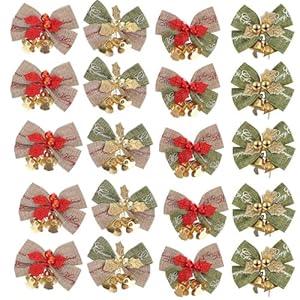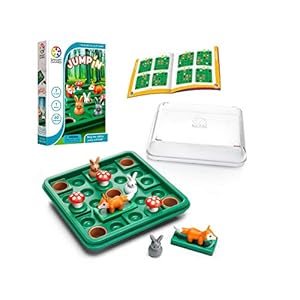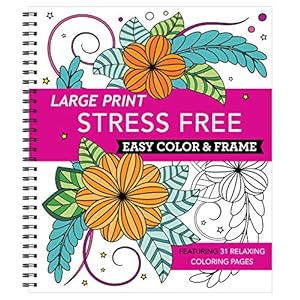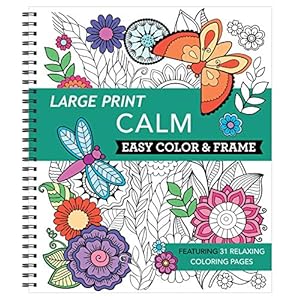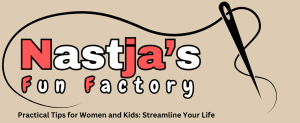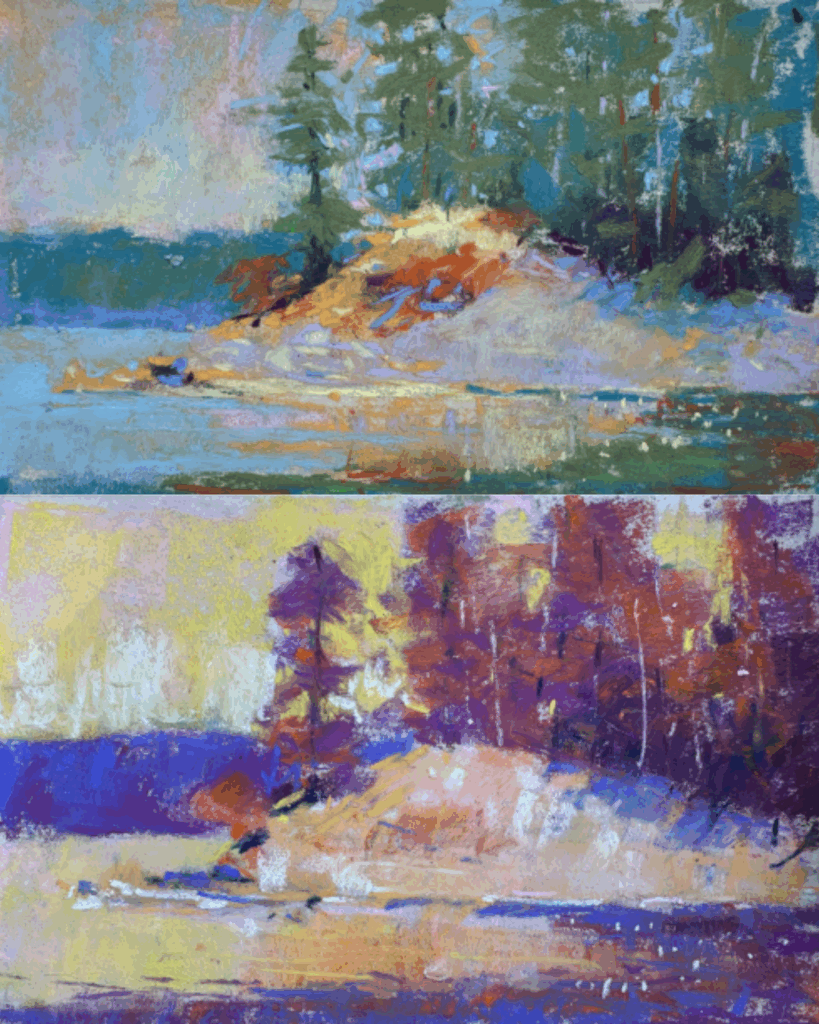
Plein air painting with my Mum is such a joy. Recently, we found ourselves with a view of Walker Hook on Salt Spring Island. The tide was out, revealing stretches of sand and seaweed between us and the spit of land. It was one of those moments where everything felt paintable — and overwhelming. Where do you even begin when there’s so much to see? This is where the benefit of using thumbnails for art comes into play!
As I tell my students: look to see what stops your eye, and work from that.
I created a quick thumbnail — one of the simplest and most powerful tools for artists — to help me compose and then simplify the scene into three value areas: light, middle, and dark.
Some artists think thumbnails will slow them down or lock them into one way of painting. But here’s the truth: thumbnails don’t box you in — they actually set you free. And I’ve got two paintings to prove it.
The Myth About Making Thumbnails for Art
Many artists resist doing thumbnails because they seem like extra work, or they fear that a thumbnail will limit their creativity. This is especially true when it comes to plein air painting.
I’ve heard it so many times:
“I don’t want to spend time on a thumbnail — I just want to paint!”
“If I plan too much, my painting will lose its freshness.”
But creating thumbnails for art isn’t about rules or restrictions. They’re about clarity.
When you have a simple map of values to guide you, you can let go of the chaos of the scene in front of you and really play with colour, mood, and style.
Thumbnails don’t limit your options — they expand them.
Here’s where we painted:
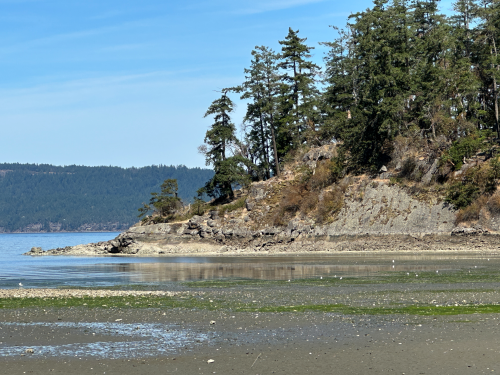
The Scene and the Thumbnail
Looking at Walker Hook, my eye was drawn to the point of the land with its striking pattern of trees against the sky and the flat rock face. With so much going on — sparkling water, textured bright green seaweed, shifting light — it would have been easy to get lost in the overwhelm and details.
My thumbnail simplified all of that complexity into three clear shapes:
- Light: The sky, areas of reflective water, the rock face
- Middle: The exposed sea floor in the foreground and most of the trees
- Dark: A few shaded areas
That’s it. Three values. One map.
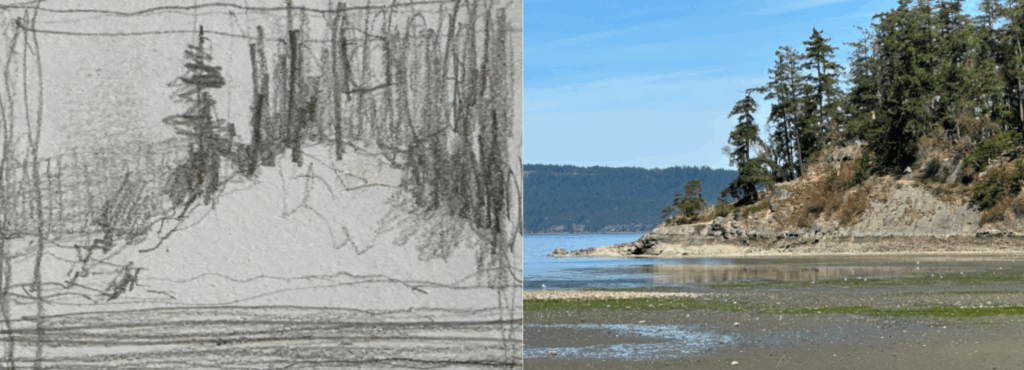
Painting #1: Staying True to the Scene
With my thumbnail as a guide, I began my first painting, choosing colours that reflected what I was seeing. My goal was to stay representational, to capture the natural beauty of the scene as it appeared in front of me.
The thumbnail kept me on track. Instead of getting distracted by all the little things, I focused on maintaining strong value relationships — ensuring that the darks stayed dark, the lights stayed light, and the mids held the painting together.
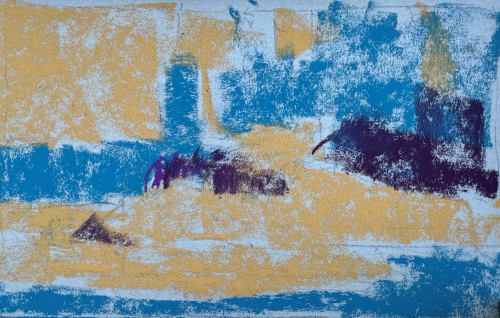
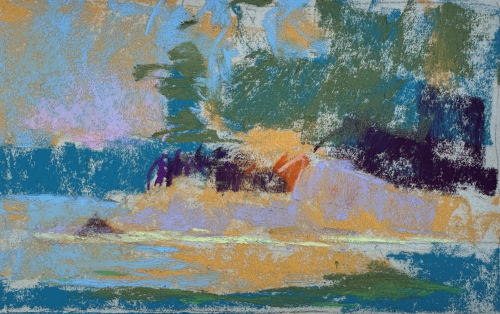
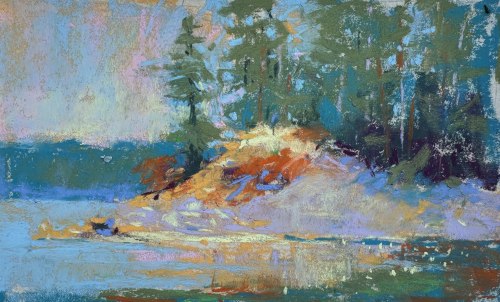
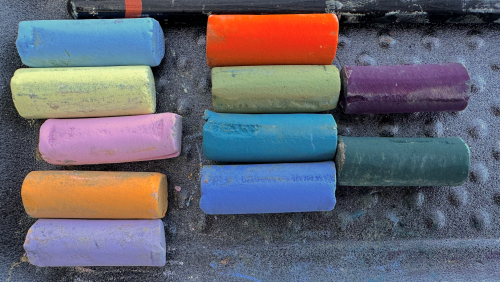
Painting #2: Letting Loose With Colour
Since I had time for a second painting, rather than look around for another scene to paint, I decided to stay with the same view — but this time, I let myself go completely free with colour.
My thumbnail was still my guide, but now the colours didn’t need to match what I saw. Instead, I chose hues based on mood and pure experimentation.
Because my values were already set, I could confidently push boundaries with colour, knowing the structure of the painting would hold together.
And oh, the freedom that brought! Without the thumbnail, it would have been a guessing game. With it, I felt liberated to try something bold.
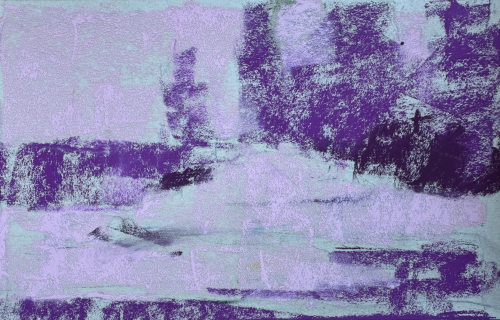
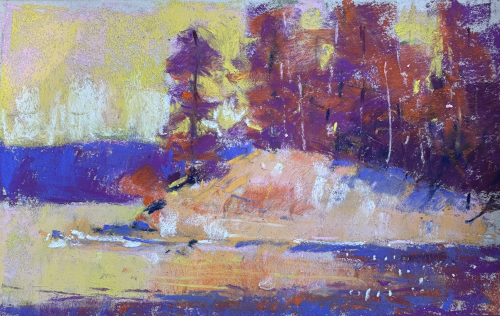
Gail Sibley, Walker Hook View #2, Schmincke pastels on UART 400, 6 x 12 in
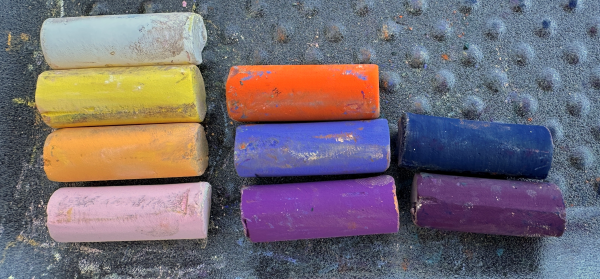
Two Paintings, One Thumbnail
When I saw the two paintings side by side, the lesson was crystal clear.
The same scene. The same thumbnail. Two completely different results.
One painting feels grounded and true to the natural landscape. The other feels expressive and interpretive.
The thumbnail didn’t confine me. It gave me the confidence and clarity to explore two very different artistic directions.
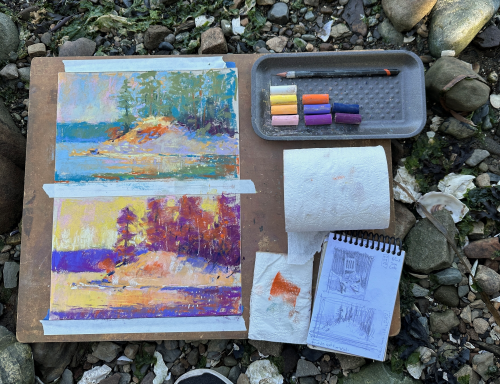
The Takeaway: Freedom Through Structure
Creating thumbnails for art may seem a waste of time, but their impact is HUGE.
By taking just a few minutes to plan out values and simplify a scene, you give yourself:
- A clear map to follow when painting
- The freedom to experiment with colour and style
- The confidence that your painting will hold together, no matter how bold you get
If you’ve been resisting thumbnails because you think they’ll slow you down or make your paintings rigid, I encourage you to try one (or two, or three!). You might just discover that a thumbnail is the key to unlocking your creativity.
Looking Ahead
Painting with my Mum at Walker Hook was a joy. It always is. (You can read other blog posts about painting with Mum here and here.)
This experience reminded me, once again, how powerful thumbnails can be.
And it’s not just me. Recently, I watched a group of artists at my Northwest Pastel Society workshop experience their own “aha!” moments when they saw how thumbnails transformed their paintings.
Next week, I’ll share some of their incredible breakthroughs — and how a simple two-colour exercise brought the lesson home.
In the meantime, grab your sketchbook, create a thumbnail, and see where it takes you. Who knows — maybe you’ll end up with two wildly different paintings of the same scene, just like I did.
Your Turn!
Have you tried using thumbnails to prepare for your own artwork?
Do you find them freeing, or do you still resist making them?
I’d love to hear your thoughts and experiences — share in the comments below!
Until next time,
~ Gail
PS. A photo of my Mum hard at work on her sketch. (She forgot her watercolour brush….I forgot my easel tray so ended up working on my lap!)
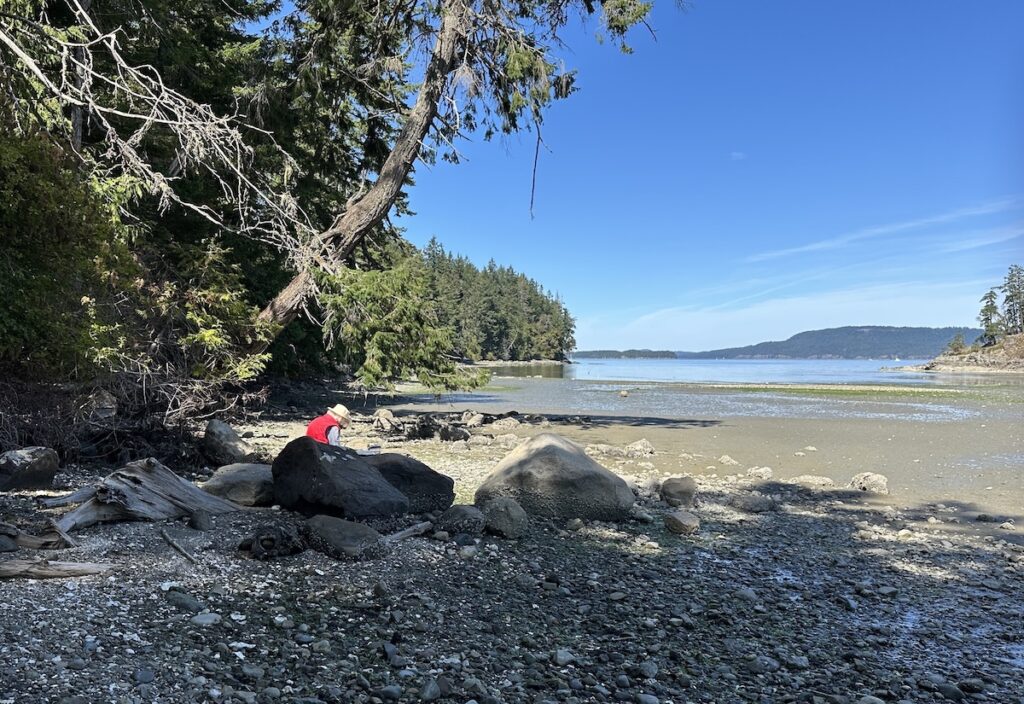
Trending Products
